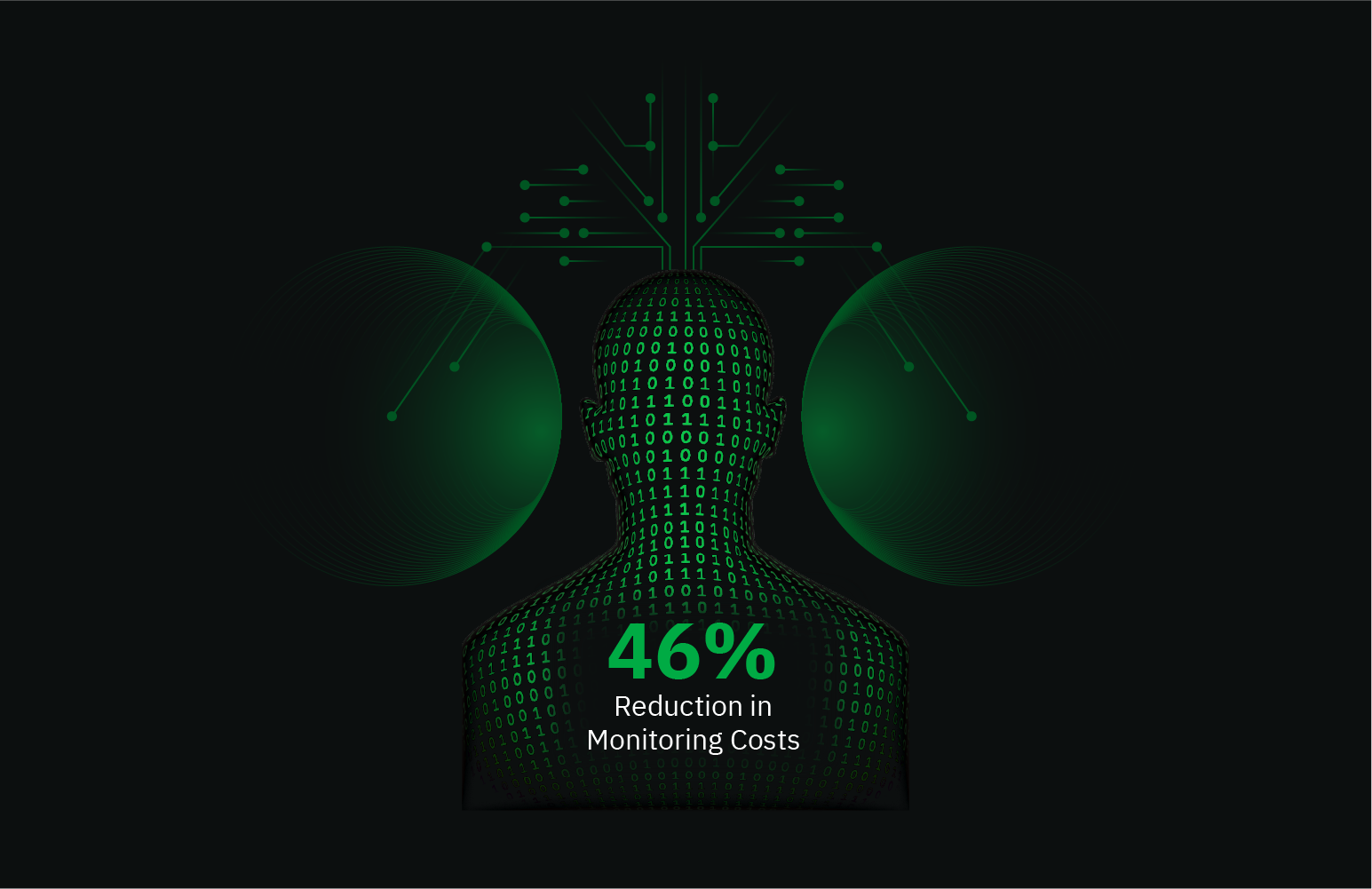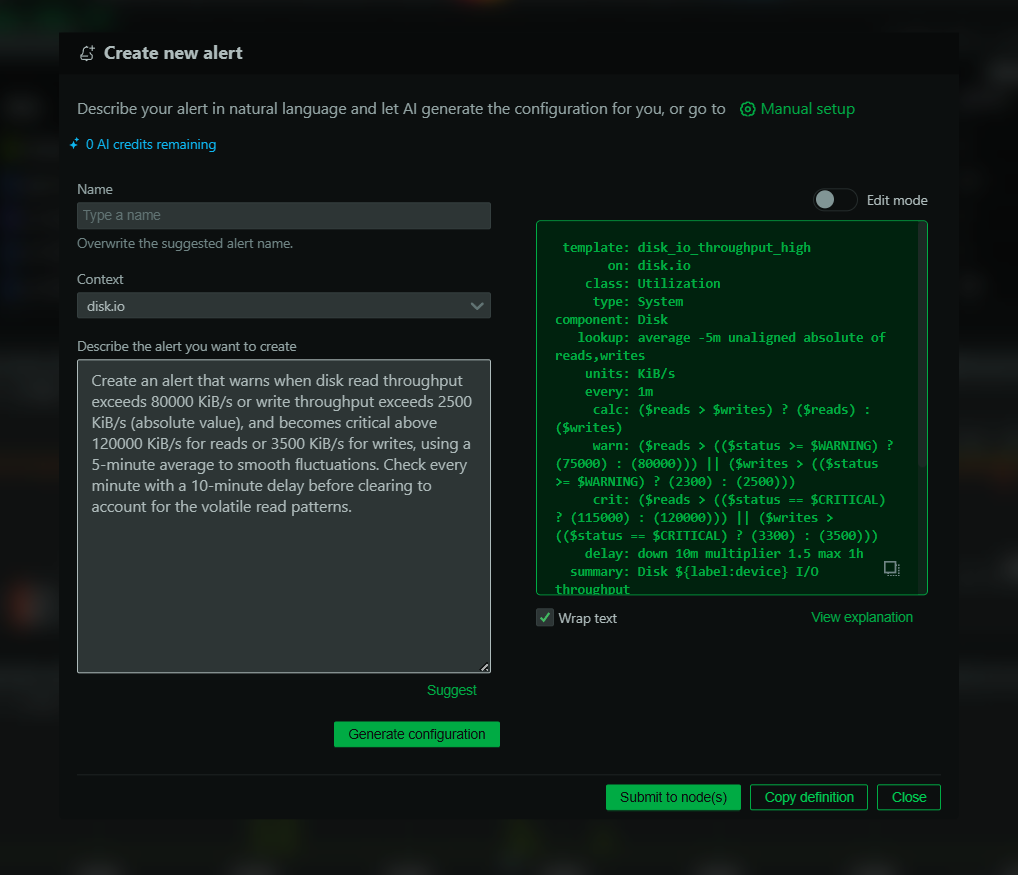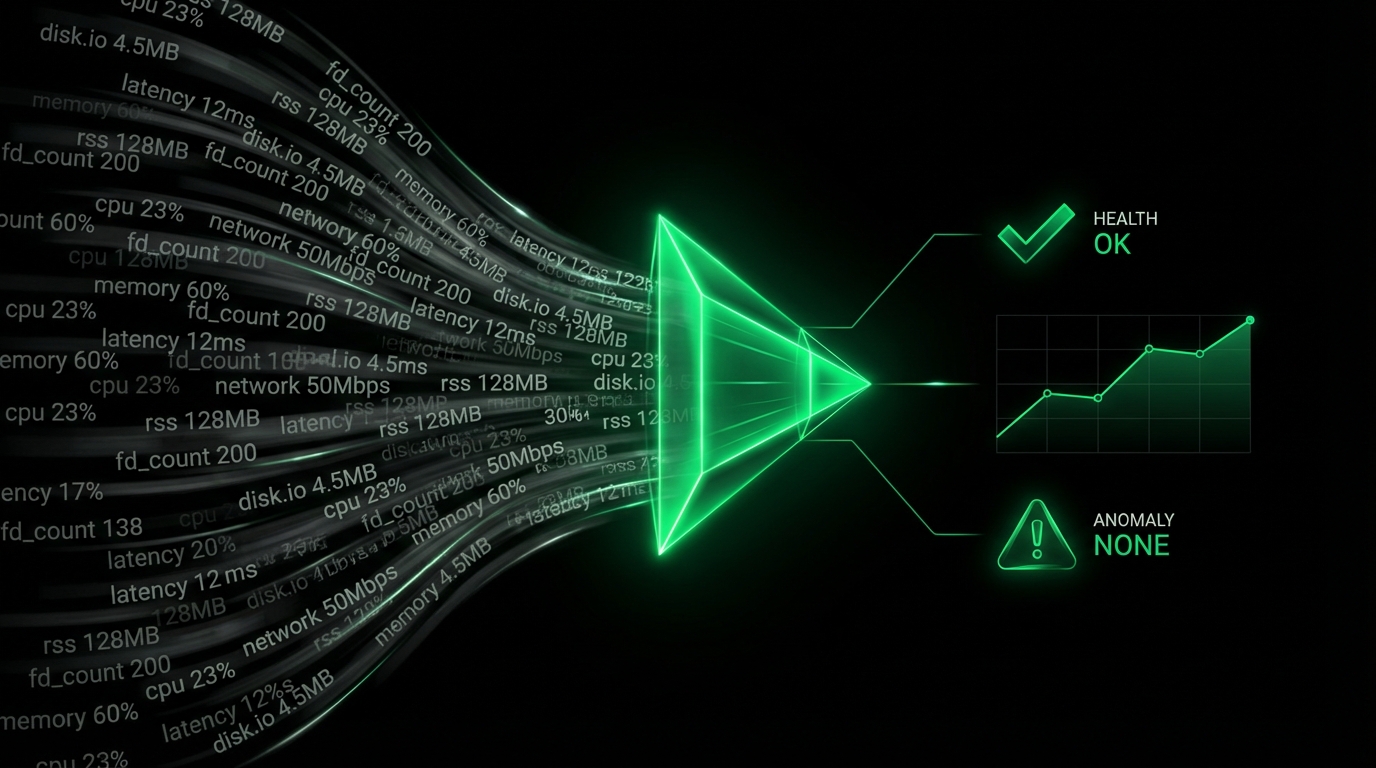Redis Monitoring
What Is Redis?
Redis, an in-memory data structure store, is widely used as a distributed, in-memory key-value database, cache, and message broker. With speeds that are difficult to match, Redis plays a crucial role in many real-time applications. You can learn more about Redis on the official Redis website.
Monitoring Redis With Netdata
Monitoring Redis effectively ensures that your applications run smoothly and that issues are diagnosed before they impact your users. The $name monitoring tool from Netdata provides real-time, thorough insights into Redis server performance. Netdata automatically detects Redis instances and starts collecting metrics instantly via protocols like TCP or UNIX sockets.
Why Is Redis Monitoring Important?
Monitoring Redis is vital due to its role in enhancing application performance. Unexpected bottlenecks or downtime in Redis can lead to slow application response times, loss of data, and dissatisfied users. By using tools for monitoring Redis, you can ensure optimal server performance and preemptively solve issues.
What Are The Benefits Of Using Redis Monitoring Tools?
Using a dedicated Redis monitoring tool like Netdata offers several advantages:
- Real-time Monitoring: Gain instantaneous insights into the performance and health of your Redis servers.
- Proactive Problem Resolution: Detect performance discrepancies before they become critical.
- Comprehensive Dashboard: Navigate through an all-encompassing dashboard showcasing essential metrics.
- Custom Alerts: Receive alerts on anomalies and potential problems instantly.
Understanding Redis Performance Metrics
Below are some of the crucial Redis performance metrics monitored by Netdata, each with a significant impact on understanding the Redis health and performance:
- redis.connections: Tracks both accepted and rejected connections due to limitations.
- redis.clients: Provides information on connected, blocked, and tracking clients.
- redis.ping_latency: Measures the latency of ping responses.
- redis.memory: Monitors different aspects of memory usage such as max, used, and RSS.
- redis.commands: Records the rate of processed commands.
- redis.keyspace_lookup_hit_rate: Displays the rate at which key lookups hit.
- redis.memory_fragmentation_ratio: Indicates the ratio between RSS memory and used memory.
Redis Metrics Overview
| Metric Name | Description |
|---|---|
| redis.connections | Accepted and rejected connections per second |
| redis.clients | Number of various client states |
| redis.ping_latency | Min, max, and average latency of ping responses |
| redis.memory | Usage of various memory types |
| redis.commands | Processed commands per second |
| redis.keyspace_lookup_hit_rate | Percentage of successful key lookups |
Advanced Redis Performance Monitoring Techniques
Advanced monitoring techniques involve analyzing and balancing memory allocation, tracking command consumption, and observing client interaction for optimizing performance. Using Netdata’s Redis monitoring tool, you can configure alerts for specific thresholds and identify performance bottlenecks effectively.
Diagnose Root Causes Or Performance Issues Using Key Redis Statistics & Metrics
Identifying root causes of performance issues in Redis often involves examining the statistics and metrics provided by the monitoring tool. By focusing on metrics such as memory fragmentation, command processing times, and client connection statuses, administrators can quickly pinpoint potential issues and address them proactively.
For a real-time monitoring demonstration, view the Netdata Live Demo. Don’t miss out on optimizing your Redis deployment—sign up for a free trial of Netdata today!
FAQs
What Is Redis Monitoring?
Redis monitoring involves tracking and analyzing various performance metrics of Redis instances to ensure optimal operation and reliability.
Why Is Redis Monitoring Important?
It’s important to maintain the speed and reliability of applications using Redis. Monitoring helps prevent potential performance issues and ensures applications perform smoothly.
What Does A Redis Monitor Do?
A Redis monitor keeps track of numerous metrics such as memory usage, client connections, and command processing efficiency to provide actionable insights on Redis performance.
How Can I Monitor Redis In Real Time?
Using the $name monitoring tool by Netdata, you can achieve real-time monitoring of your Redis servers, gaining instant access to vital metrics and performance indicators.









